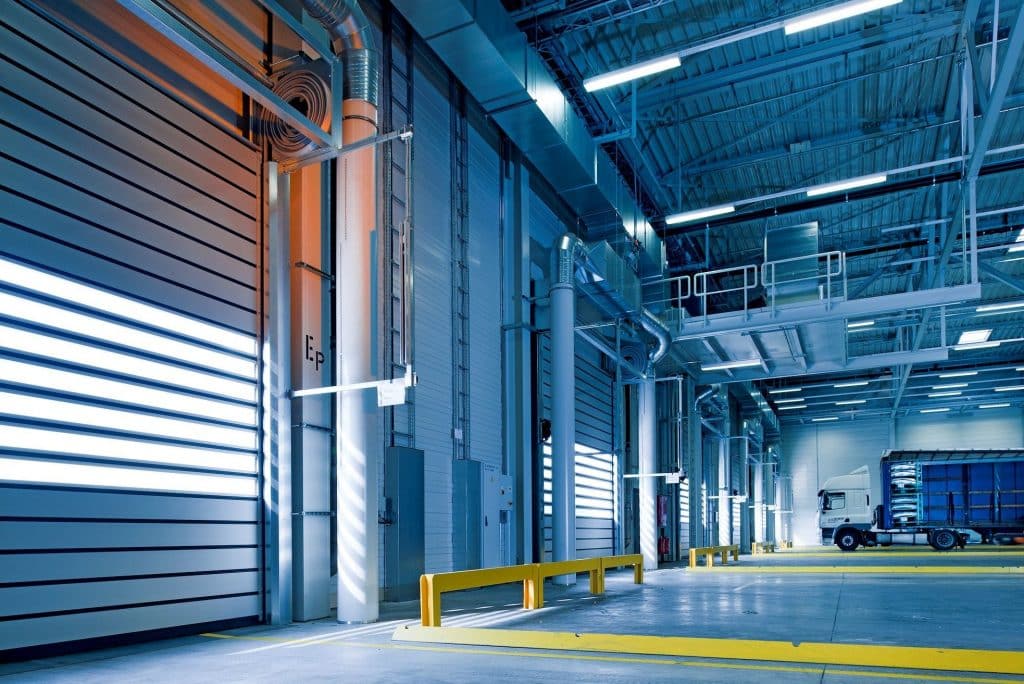Industrial environments, including manufacturing plants and warehouses, pose unique fire safety challenges. The presence of flammable materials, heavy machinery, and extensive electrical installations increase the risk of fire outbreaks. Managing these risks is crucial to protect lives, safeguard assets, and ensure business continuity. This blog post delves into the specific fire safety challenges in industrial settings and offers comprehensive strategies for risk management, emphasizing the importance of fire suppression systems and employee training programs.
Understanding the Risks
The first step in mitigating fire risks is understanding the specific hazards associated with different industrial environments:
- Flammable Materials: Many industrial and warehousing operations store or use materials that are highly flammable, including chemicals, fuels, and textiles.
- Electrical Hazards: Overloaded circuits, faulty wiring, and the use of heavy machinery can lead to electrical fires.
- Dust Explosions: In industries dealing with wood, grain, metals, and chemicals, dust can accumulate and become a potent fuel for explosions if ignited.
- Hot Work: Welding, cutting, and other hot work activities can ignite nearby combustible materials if not properly managed.
Conducting Risk Assessments
A thorough risk assessment is the foundation of effective fire safety management. This process involves identifying potential fire hazards, evaluating the likelihood and potential impact of those hazards, and implementing measures to mitigate risks. Regularly updating the risk assessment to reflect changes in operations, equipment, or layout is essential.
Implementing Fire Suppression Systems
Choosing and maintaining the appropriate fire suppression systems is critical in industrial settings:
- Automatic Sprinkler Systems: These systems can quickly contain and extinguish fires, minimizing damage. They should be designed to cover all areas of the facility, including storage racks and hidden spaces.
- Specialized Extinguishing Systems: For facilities dealing with specific hazards, such as chemical fires or electrical equipment, installing specialized extinguishing systems (e.g., foam, dry chemical, CO2) can be more effective.
- Fire Detection Systems: Early detection is key to preventing large-scale incidents. Smoke detectors, heat sensors, and manual pull stations should be strategically placed throughout the facility.
Employee Training Programs
Well-trained employees are an invaluable asset in preventing and responding to fires:
- Fire Safety Training: Regular training sessions should cover the basics of fire safety, the use of fire extinguishers, and specific protocols for evacuating the facility.
- Emergency Response Teams: Establishing in-house emergency response teams can provide immediate action before the arrival of external firefighters. These teams should receive advanced training in fire suppression and rescue operations.
- Hot Work Permits: Implementing a permit system for hot work activities ensures that necessary precautions are taken to prevent sparks from igniting combustible materials.
Creating and Practicing Evacuation Plans
An effective evacuation plan is crucial for ensuring the safety of all personnel in the event of a fire:
- Clear Routes and Exits: Evacuation routes should be clearly marked, well-lit, and free from obstructions. Conduct regular inspections to ensure exits remain accessible.
- Drills: Conducting regular evacuation drills helps familiarize employees with evacuation procedures and identifies potential areas for improvement in the emergency response plan.
Fire safety in industrial settings requires a proactive and comprehensive approach, incorporating risk assessments, tailored fire suppression systems, and thorough employee training. By understanding the unique challenges and implementing strategic safety measures, businesses can significantly reduce the risk of fire-related incidents, ensuring a safer work environment for all employees and protecting valuable assets. Achieving a high level of fire safety is not just a regulatory requirement but a critical component of responsible business management and operational excellence.
For expert advice on fire protection and prevention contact Martyn Young Fireproofing Consultancy today on 07585 896648


